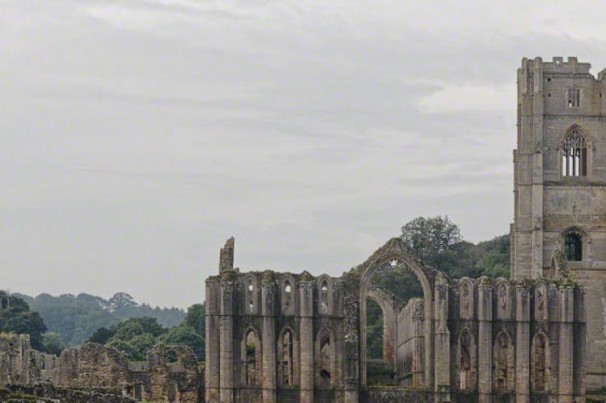Fountain Abbey was built in 1132 in North Yorkshire. According to the Daily Mail tabloid, the researchers wanted to understand the appearance of the “bowling alley”-shaped land on the east side of the monastery.
In examining the ruins by radar penetrating the ground, the site was the site of two large stone buildings, each about 16 meters wide. They were surrounded by wells, reservoirs and other structures.
The proximity of the river to the remaining structures and the availability of water, the basic need for the tanning process, led researchers to conclude that the monastery had a tannery in the late 1150s or late 1160s to the 1530s.
Considered by experts to be the “missing part of the puzzle”, the invention is the largest tannery found on a monastic site in the UK.
[Especialistas encontram um curtume medieval na Abadia das Fontes em North Yorkshire.]
The Rawhide process was an important part of the monastery’s economy. The researchers said it would take hundreds of people to run an “industrial-scale” tannery, which contrasts with the religious practices surrounding the site.
“Considering the noise, activity, and stench emanating from a tannery, we previously thought it was far removed from the monasteries and cults,” said archaeologist Mark Newman.
“We now see that the tannery was very close and far from the idea of a peaceful abbey community,” he added. (With Sputnik Brazil)








